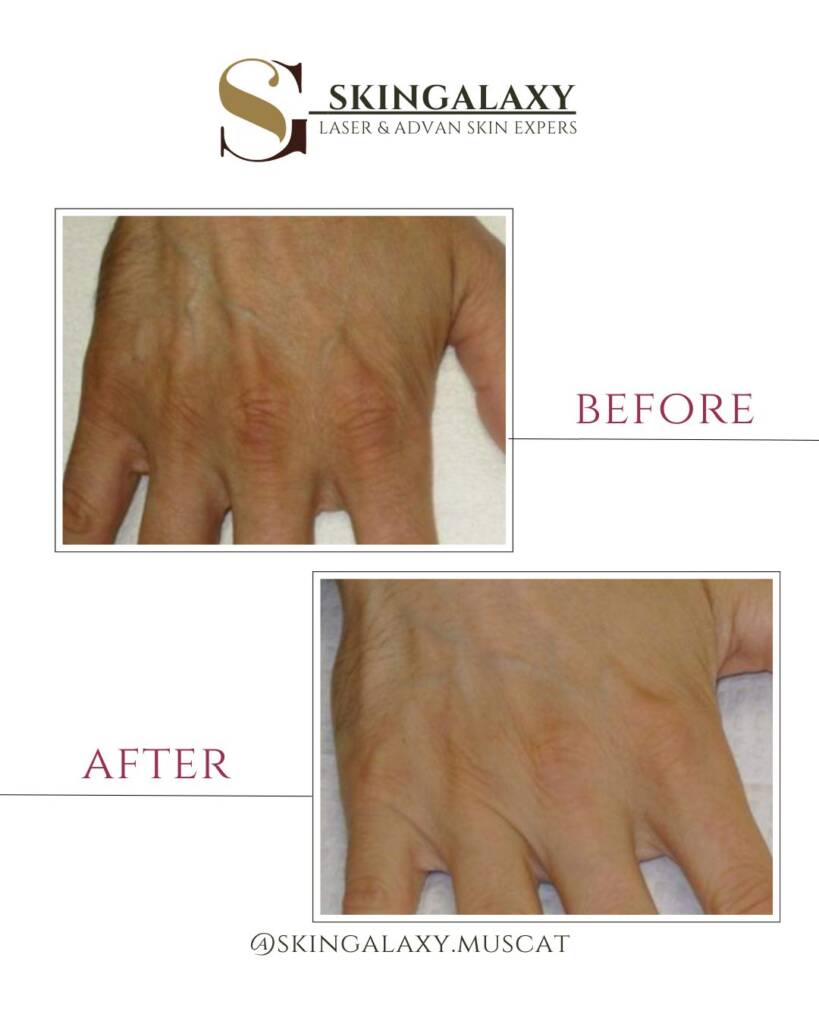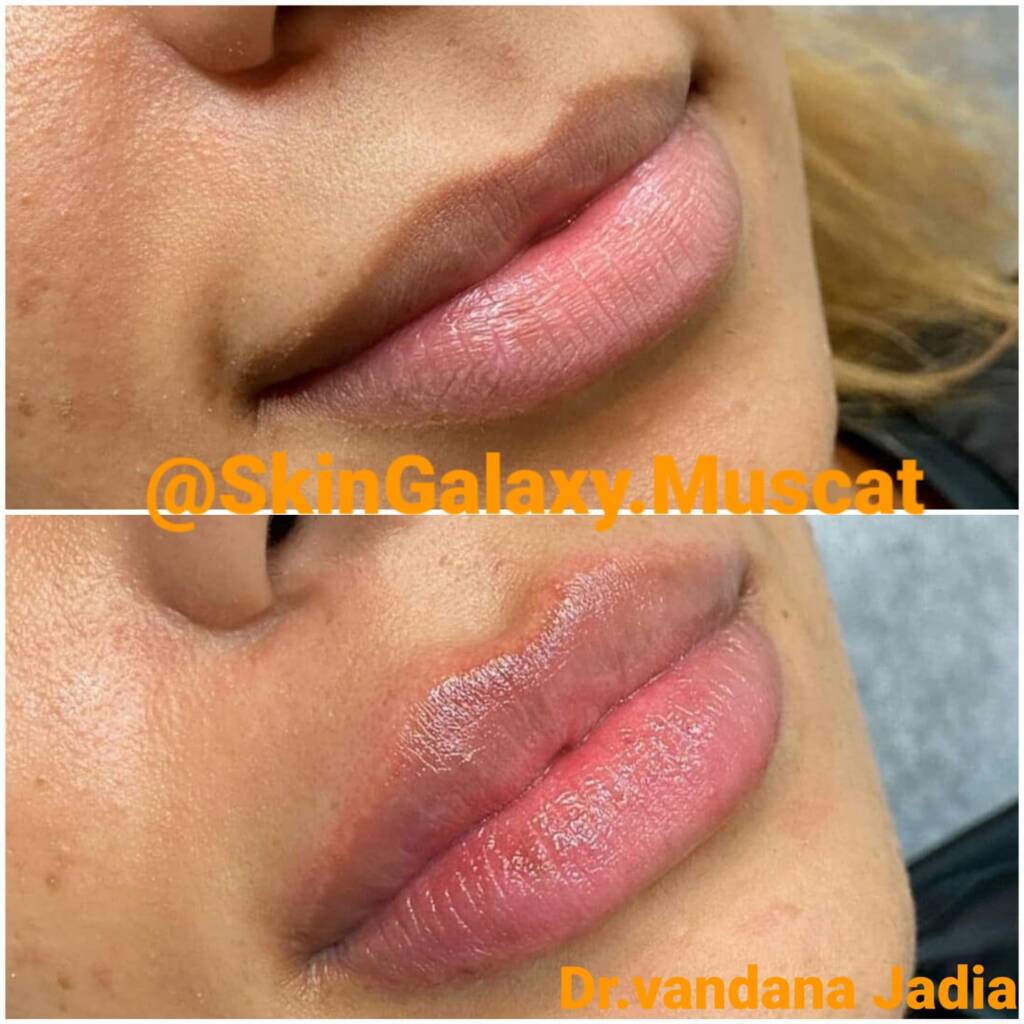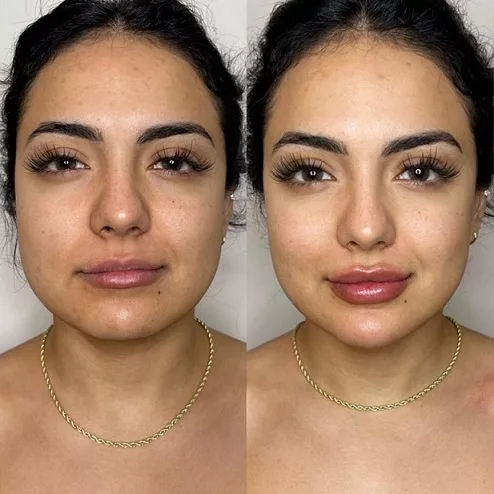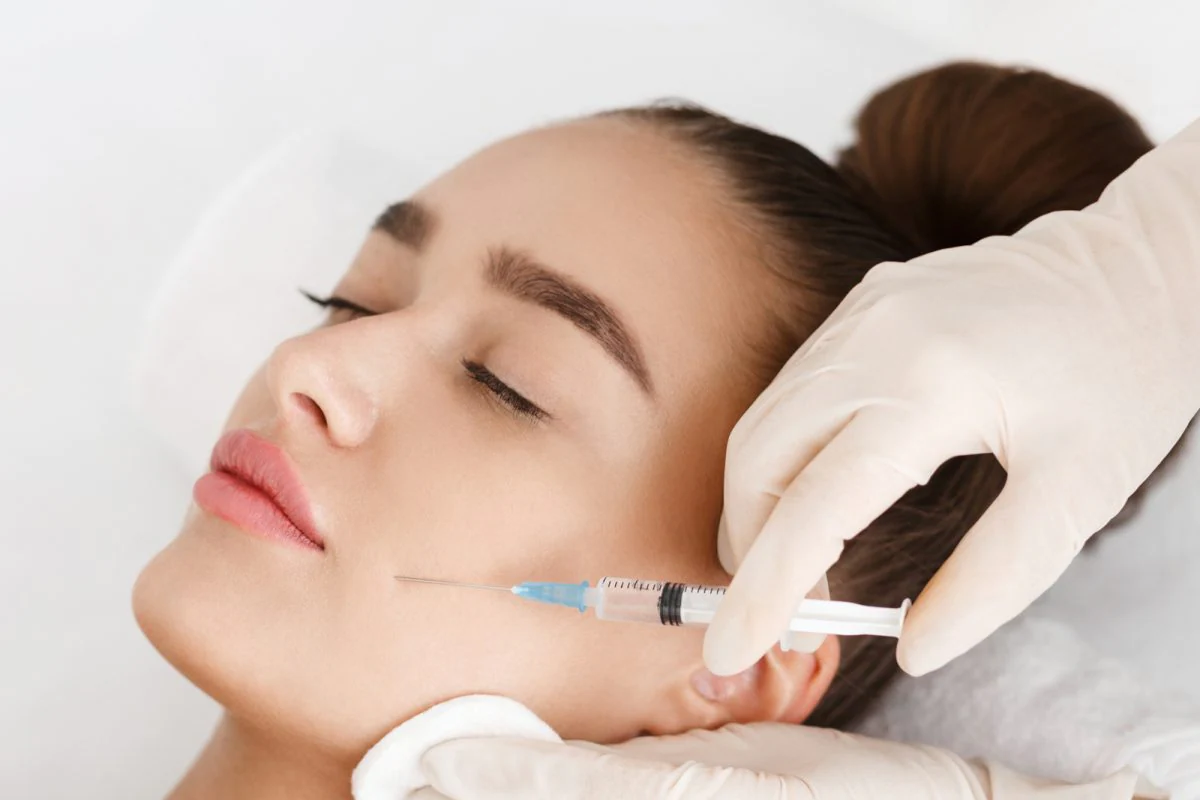Filler Types, Which is Right for You?
Do you want to get fillers? We compare different filler types to help you make the best decision.
So many of your visible signs of aging are due to volume loss. As facial tissues sag, wrinkles form around your lips and nose, and your cheeks begin to appear a little hollow. Thankfully, plenty of non-invasive treatments like dermal fillers are available on the market that can help you tackle these signs of aging without going under the knife. Dermal fillers, commonly referred to as facial fillers, can temporarily give your face a rested, refreshed, and younger appearance. These injections help thicken thinning lips, lift sagging brows, accentuate cheekbones, remove dark circles under the eyes, and smooth smile lines.


Due to their soaring popularity, the market is flooded with different filler types. Are you wondering how to find the right fit? Here’s our comprehensive guide to different filler types to help you make the right choice.
What are the different filler types?
With so many filler types in the market, finding what works for you can get overwhelming. You need to consider multiple factors like your budget, the expertise, and preferences of your healthcare professional, and the specifics of your skin, such as the degree of sun damage you have or how elastic or inelastic your skin is. Here are some filler types you can consider:
JUVEDERM
Juvederm is a collection of fillers. These filler types are designed to be injected into different areas of the face. This hyaluronic acid-based dermal filler is a popular face injection used to treat various signs of aging. Here are some effective Juvederm filler types:
Volite is a hyaluronic acid-based injectable used to repair fine lines and wrinkles and give skin a plumper and dewy appearance. Due to hyaluronic acid’s potent ability to bind water, this injectable treatment has a triple-action effect: it moisturizes the skin, enhances suppleness by stimulating collagen production, and reduces the appearance of signs of aging. Volite can be injected into your hands, face, neck, and décolletage. But what sets it apart from other hyaluronic acid filler types? Volite contains hyaluronic acid with both low and high molecular weights, allowing it to permeate the skin at different depths. Furthermore, it contains a sufficient anesthetic to numb you internally, thus reducing discomfort following treatment.
VOLUX
Are you wondering what filler types to try to get a sculpted jawline? You must try Volux. It is the first FDA-approved injectable filler with hyaluronic acid that targets the jawline. But why choose Volux? It is more structured and cohesive and has a higher lift capability than other filler types. It also contains the thickest, strongest gel, making it perfect for deep injection into the cheek region. Although anybody over the age of 21 can get this treatment, we strongly encourage people who have a history of severe allergies, are particularly sensitive to lidocaine or have a history of allergic reactions to gram-positive bacterial proteins to avoid Volux.

Volift is an injectable implant designed to address any deep skin depressions brought on by factors like premature aging. Face contouring and volume restoration are additional uses for Volift with Lidocaine. If you are looking for poutier lips, Volift is an excellent option. Juvederm Volift, often known as Liquid Gold due to its spectacular results, is more viscous but lasts just as long as Voluma. However, it is still so fine that it can be injected with the tiniest needle to give you fuller and plump lips.
RADIESSE
Another one of the popular filler types, Radiesse, can instantly give you a lifted, youthful appearance. It effectively treats nasolabial folds and other moderate-to-severe facial wrinkles. Radiesse can also be used to enhance the contours of the face, such as the cheeks. However, it is not suitable for the lips. Radiesse contains microspheres of calcium hydroxylapatite. The calcium particles used as fillers are minute; and are dissolved in a thick, gel-like solution.

